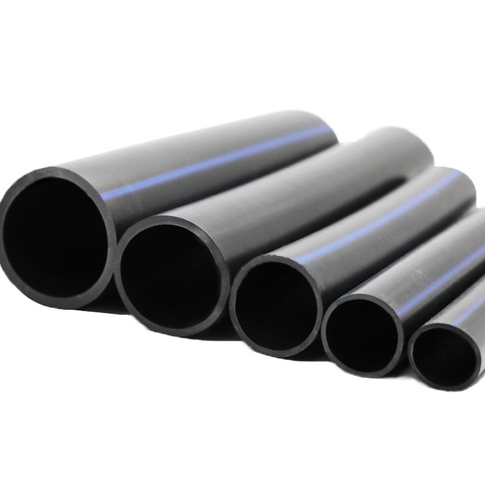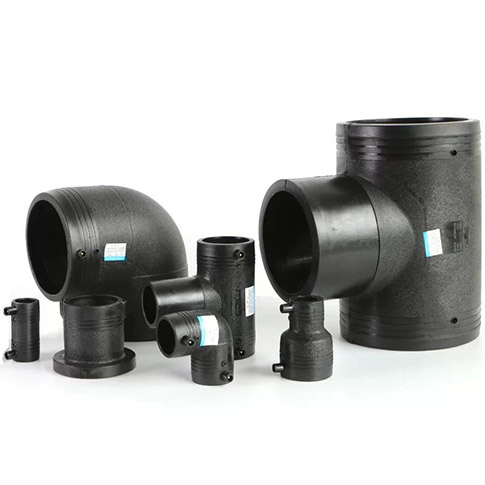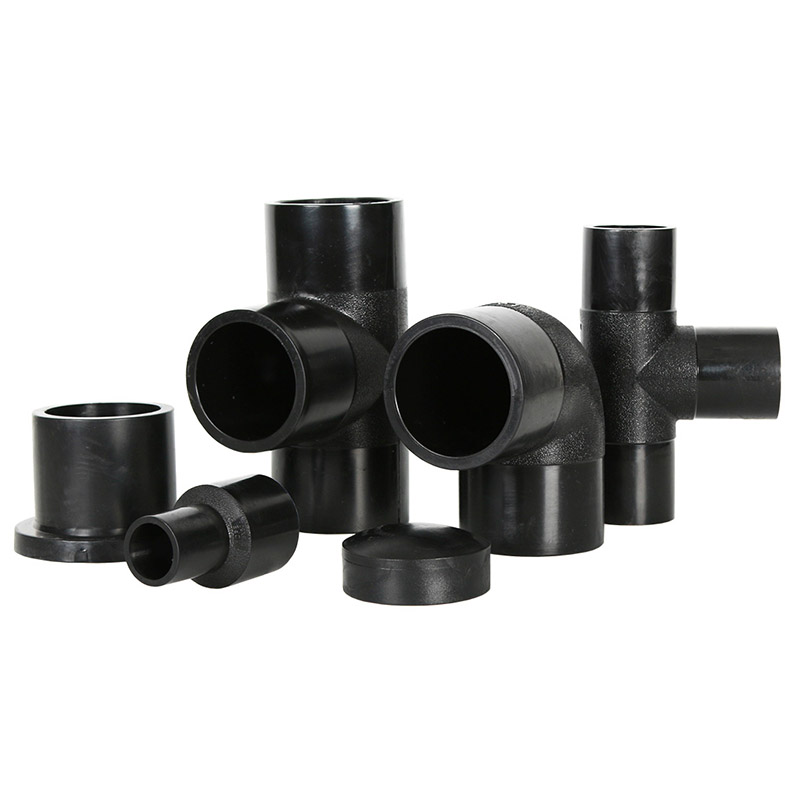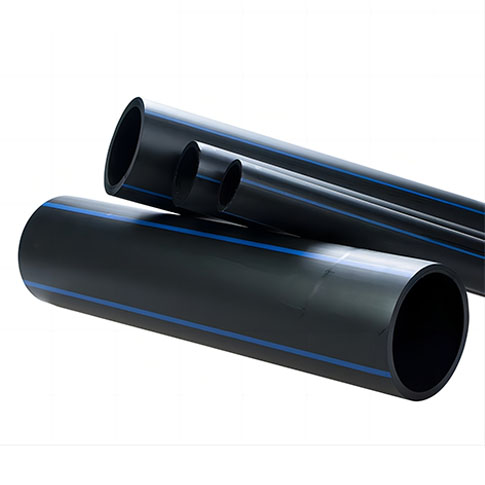11
Apr
Guide to HDPE Pipe Standards: Selection and Applications
High-Density Polyethylene (HDPE) piping is essential in various applications, ranging from municipal water supply to industrial chemical transport. The selection of appropriate HDPE pipe standards is crucial to meeting project specifications while ensuring safety, durability, and efficiency. Comprehensive Guide to HDPE Pipe Standards: Ensuring Optimal Selection for Your Projects. This article explores the features and differences among several prominent HDPE pipe standards: ISO 4427, ISO 4437, EN 12201, EN 1555, ASTM F714, ASTM D3035, ASTM D3350, AWWA C906, and AWWA C901.
ISO 4427 and ISO 4437 – Global Standards for Water and Gas
◊ ISO 4427 is dedicated to water supply systems, detailing requirements for polyethylene pipes in terms of size, pressure rating, and performance:
Features: Focus on long-term strength and hydrostatic pressure resistance.
Applications: Primarily used for potable water systems in a variety of climatic conditions.
◊ ISO 4437 deals with polyethylene pipes for natural gas supply, similar to ISO 4427 but tailored for combustible fluids.
Features: Includes additional safety requirements for gas permeability and fire resistance.
Applications: Suitable for gas distribution networks both above and below ground.
EN 12201 and EN 1555 – European Norms for Pipes
◊ EN 12201 mirrors ISO 4427 but is adapted to the European regulatory environment, including additional requirements for jointing and installation.
Features: Comprehensive coverage from design to testing, ensuring robust pipe system integrity.
Applications: Utilized across Europe for public and private water supply networks.
◊ EN 1555 is the counterpart to ISO 4437 for the European market, focusing on gas supply applications.
Features: Stringent testing on joint integrity and a focus on maintaining gas quality.
Applications: Primarily used for gas distribution where regulatory compliance with European standards is required.
ASTM Standards: F714, D3035, and D3350 – American Compliance
◊ ASTM F714 is widely used in the U.S. for HDPE pipes conveying water.
Features: Specifies dimensions, tolerances, pipe stiffness, and pressure ratings.
Applications: Ideal for industrial and municipal water transportation systems.
◊ ASTM D3035 is for smaller diameter pipes used in pressurized water and gas distribution.
Features: Tailored for high-density polyethylene tubes under 3 inches in diameter.
Applications: Residential and commercial water and gas distribution networks.
◊ ASTM D3350 sets the standards for the base polyethylene resin in piping systems.
Features: Classifies HDPE based on density, cell classification, and melt index.
Applications: Fundamental to manufacturers and end-users for assessing material quality.
AWWA Standards: C906 and C901 – Specialized for Waterworks
◊ AWWA C906 applies to HDPE pressure pipes for waterworks, covering larger diameters.
Features: Emphasizes durability, joint performance, and resilience under environmental stress.
Applications: Used for municipal transmission systems, including trenchless applications.
◊ AWWA C901 is for small-diameter pipes in municipal water services.
Features: Focuses on pipes up to 3 inches in diameter designed for pressures typically around 200 psi.
Applications: Suitable for connecting water mains to residential and commercial buildings.
How To Choose the Right HDPE Pipe Standard?
Selecting the correct HDPE pipe standard involves considering several key factors:
- Nature of Fluid: Water, waste, or gas—different fluids require different standards based on their chemical and physical properties.
- Pressure and Diameter Requirements: Different standards cater to varying pressure ratings and diameters. Match these parameters with your project’s requirements.
- Regulatory Requirements: Ensure compliance with local and international standards, which can influence pipe selection significantly, especially in cross-border projects.
- Environmental and Installation Conditions: Consider factors such as ground conditions, temperature, and installation methods, which impact the choice of standard due to material performance variations under different conditions.
- Long-term Performance and Cost-efficiency: Evaluate the longevity and maintenance costs associated with different pipe standards. More rigorous standards often translate to higher upfront costs but lower long-term expenditure due to reduced maintenance needs.
By understanding the distinctions between these standards and assessing project-specific requirements, engineers can make informed decisions that optimize performance and compliance in HDPE pipe applications. This strategic selection is essential for the sustainability and success of any project involving HDPE piping.





